Eat Better Food on a Budget: The 12 Least Expensive Fruits and Veggies
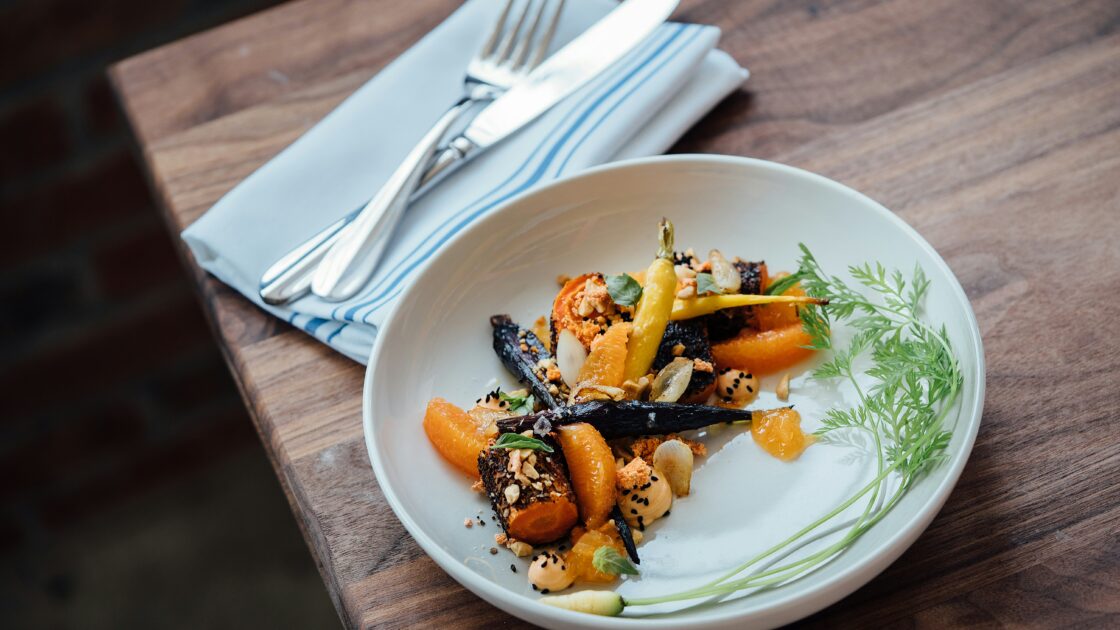
Time and time again, reports have shown that it is possible to eat healthfully on a budget, yet the myth persists that fresh food is always more expensive. While some fresh produce is expensive—fresh raspberries, for example, average more than $7 per pound—many fresh foods are very affordable. We’ve rounded up the top 12 least expensive fruits and veggies you can buy to start eating better on a budget.
Sign up for the newsletter for more ways to eat healthy on a budget.
1. Watermelon
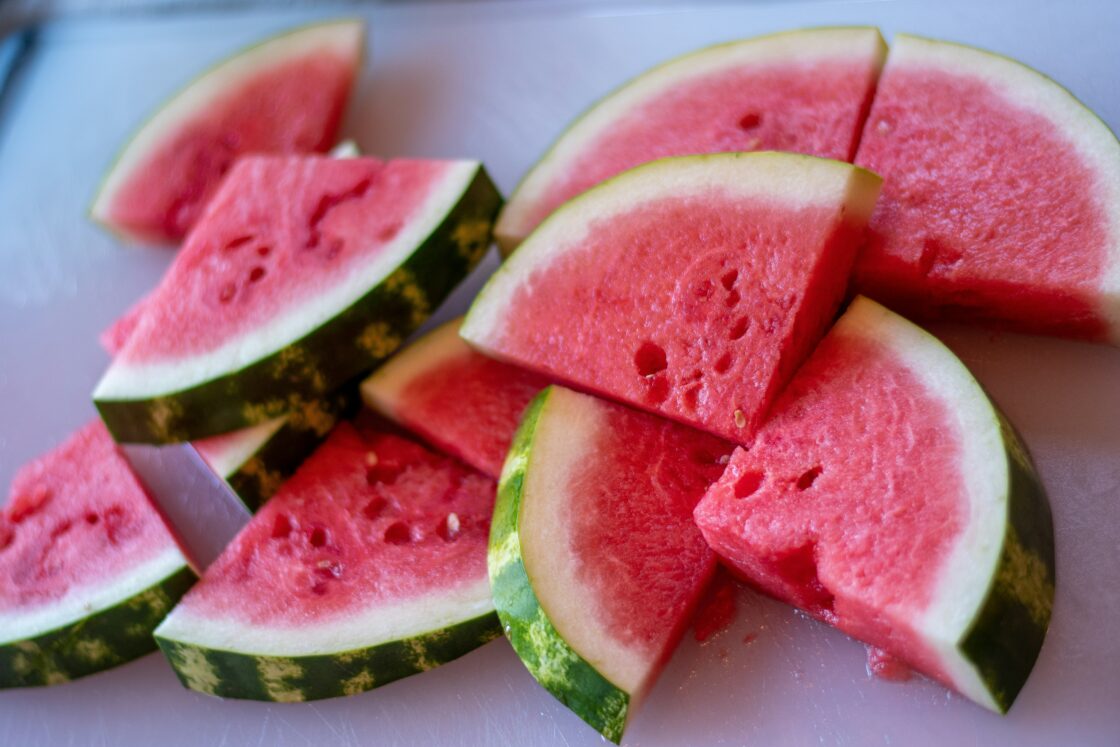
Watermelon averages just $0.62 per cup, meaning you can indulge in sweet antioxidants1 for not very much moolah. Chop it up and put it in a salad, or make a sweet treat like watermelon sorbet.
2. Bananas

At only $0.24 per edible cup, bananas pack a huge nutritional punch for not a lot of money. They make a great individually packaged on-the-go snack or the perfect addition to your oatmeal. Plus, you can always peel and freeze extra bananas for smoothies.
3. Oranges
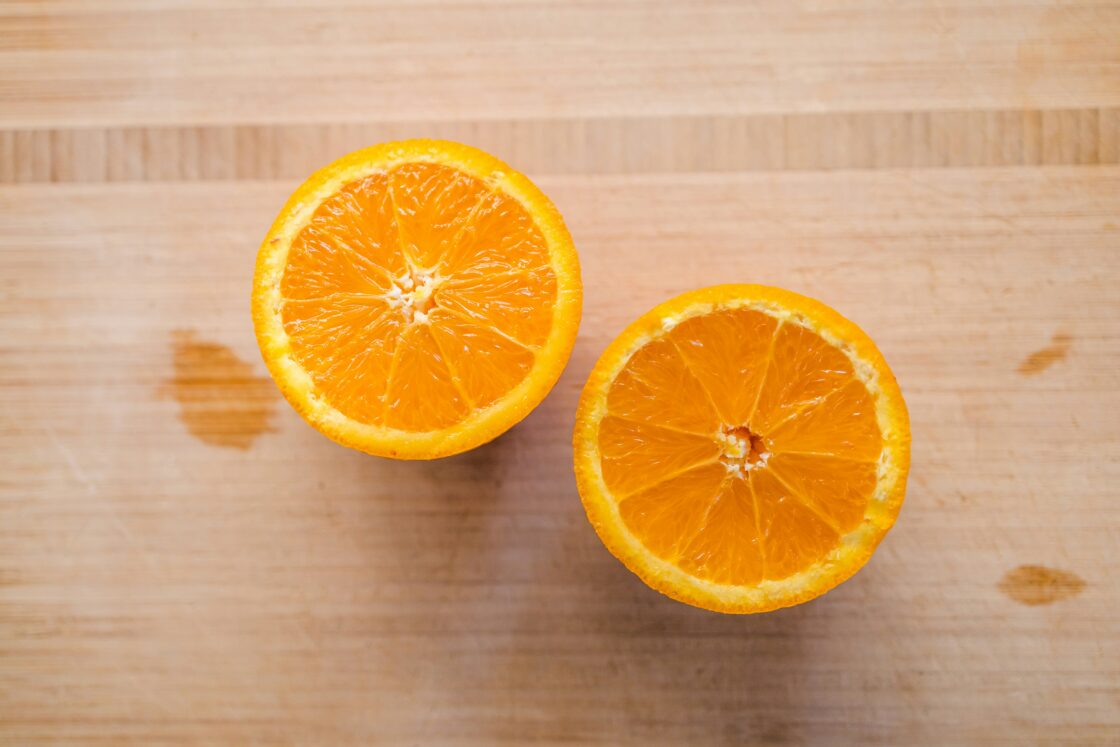
For another snack that comes in its own biodegradable wrapper, oranges provide lots of vitamin C and other amazing nutrients. Plus, they last a long time when stored properly. Whether you use them in juice or eat them whole, you don’t have to break the bank to keep them in your kitchen.
4. Pears

Pears are full of fiber2 and can make the perfect sweet treat when baked. Coming in at only $0.80 per cup, they’re also one of the least expensive fruits and veggies you can find.
5. Honeydew
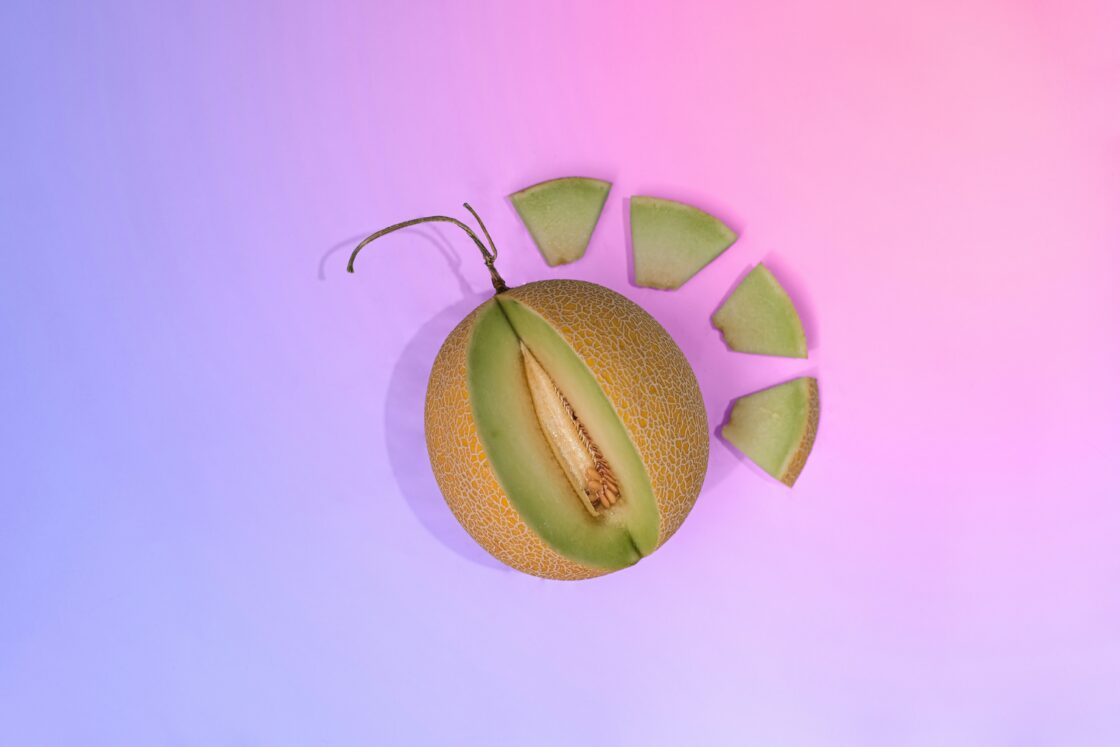
Another winning melon, clocking in at an average of only $0.45 per cup, is honeydew. One of the cheapest fruits and veggies, honeydew makes the perfect after-dinner treat or can even transform into a delicious sparkling melon soup.
6. Plums

Purple foods are nutritional powerhouses3, and plums are no exception. Super sweet and super nutritious, simply eat them as is or pop them on the grill for a smoky side dish.
7. Cauliflower
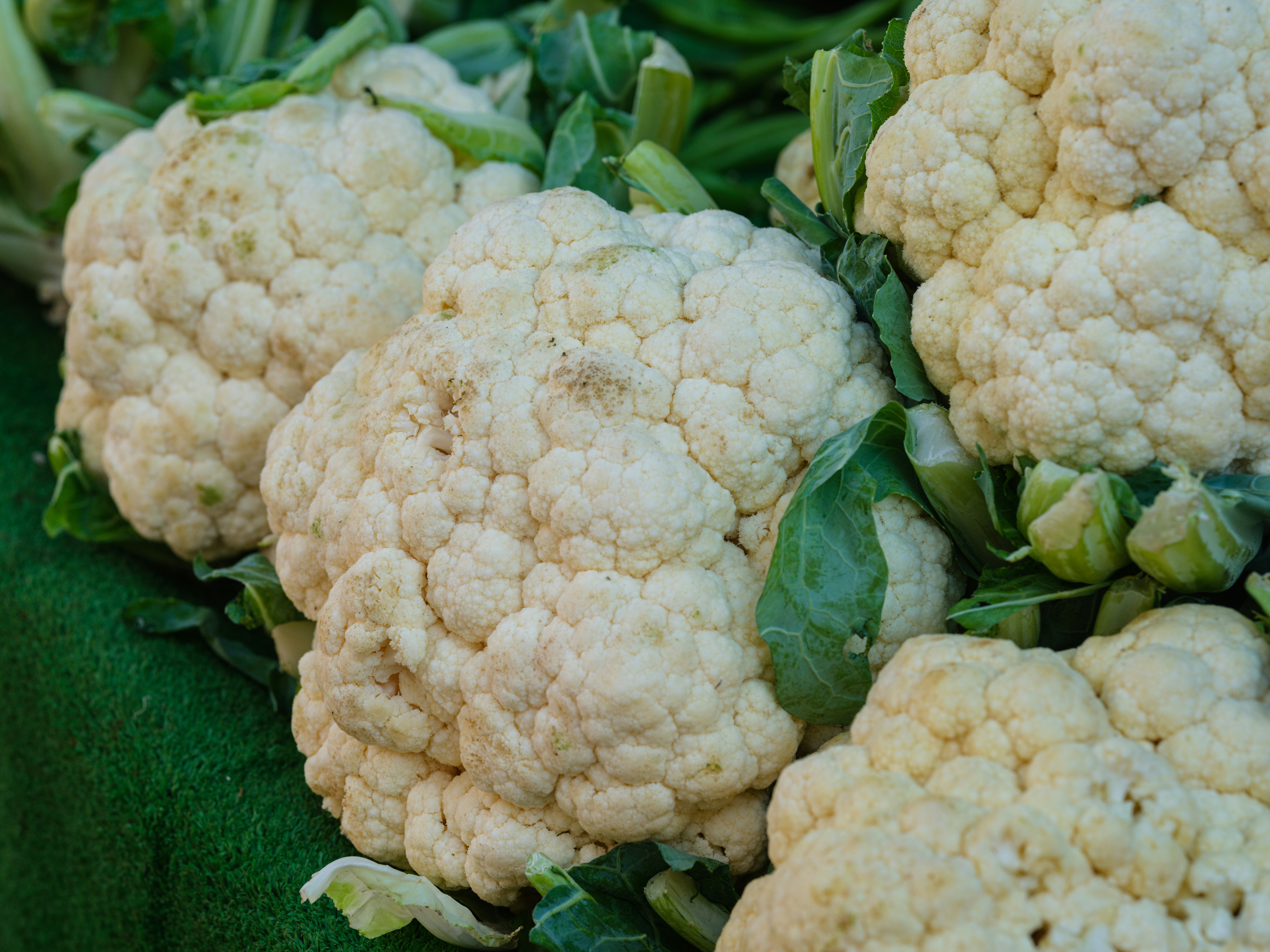
This crunchy cruciferous vegetable is only $0.75 per cup. On its own, cauliflower has a mild flavor so you can truly pair it with anything. For example, try this amazing cauliflower hot wing dish that will convert nonbelievers.
8. Cabbage

Versatile and delicious, cabbage is one of the least expensive fruits and vegetables with tons of nutritional benefits. Try this cabbage-wrapped Thai meatball recipe for a filling and satisfying meal. As a bonus, cabbage lasts longer than many other vegetables, so it won’t go to waste.
9. Carrots

Buy whole carrots, not babies, and you’ll save a bundle at the grocery store. That’s just another example of paying for convenience instead of the quality of produce. You can always peel and cut the carrots into sticks at home or roast them for the perfect side dish.
10. Onions

Spice up your life with fragrant and affordable veggies like onions. The best part is you rarely use an entire onion in savory recipes, so chances are each onion will last you a while. Save even more money i the long run by learning how to grow onions at home.
11. Celery

Perfect for snacking or stirring into soups or stews, celery is a way better vehicle for your dips than chips. And at $0.49 per cup, it’s affordable to stock up on in the fridge. Be sure to pick the freshest bunch at your local grocery store to ensure it lasts as long as possible.
12. Sweet Potatoes

Bring on the vitamin A. These orange gems are crazy nutritious4 and a veritable grocery store steal. If you want to skip pasta or bread on the side, substitute with sweet potatoes instead. For example, try this pasta with tahini sauce that will keep you feeling light yet cozy at home.
Read More on Organic Authority

Of course, the prices for all fresh fruits and vegetables fluctuate depending on the season. Watermelon and honeydew will be cheap and plentiful in the summer, while pears and apples make their cheapest debuts during the fall. And some of the least expensive fruits and veggies during the summer can be sold for more in the winter. For example, you can find corn for just pennies per ear in August but it’s rarely that cheap all year round.
Try buying fresh fruits and vegetables when they’re at their cheapest and freezing, drying, or canning them for the rest of the year. You can also seek out farm stands in your area, which may have even better deals on fresh fruits and vegetables when they’re in season.
The 5 Best U.S. Farmers Markets to Find Summer’s Freshest Fruits and Veggies
10 Unusual Fruits and Veggies That You Need to Eat Right Now
Stock Your Fridge and Pantry with These 17 Long-Lasting Fruits and Veg
Sources:

